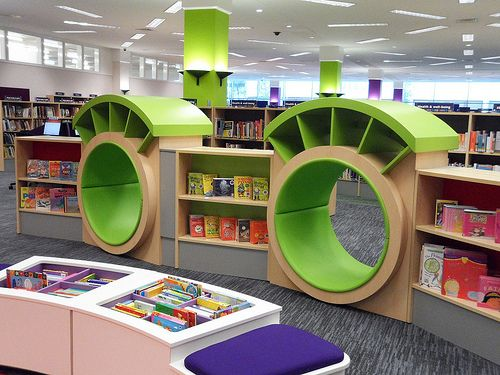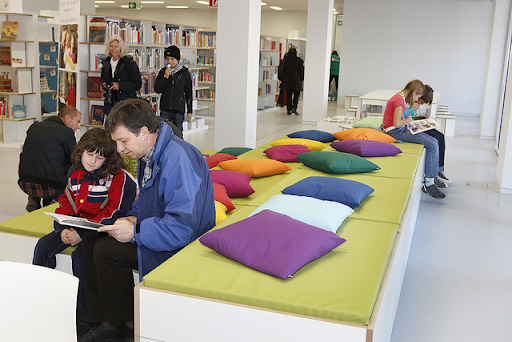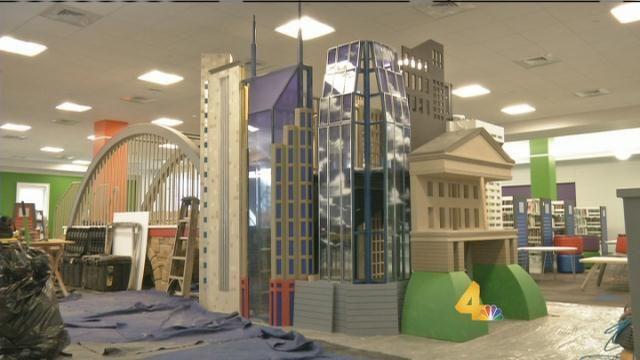Many people might think the physical layout of a library is not as important as the collection of books within. However, library design, the physical construction of the exterior and interior of the building, can drastically affect the way patrons view the library, the books, the programs, and the librarians who are there to help.
Library design can have many components: it can be the types of table and chairs within the departments, it can be the size of the stacks, or it can be the colors and shapes of furniture.
Throughout recent years, libraries are re-focusing on “user-centered" designs. This terminology refers to the needs and wants of patrons who visit the library. Designs should enhance and promote user-experience, rather than, only hold reading materials. This can be done in many ways. Libraries can create more community spaces like meeting rooms or game spaces for teens. Libraries can utilize bean bags or reading nooks built within the bookshelves to promote individual reading and relaxation. Libraries can have interactive spaces for children to explore, imagine, and remain active. Libraries can provide more ramps and accessibility equipment for neuro-diverse patrons.
Effective and innovative library design can promote early literacy, discovery, and enjoyment. Design can positively affect the overall experience a patron can have at the library. In general, recent library design focuses on shaping the library as a community center and space where patrons can read, learn, plan, educate, and converse together.
The next time you visit the library, see what your library provides you. If there is something you think is missing, you can always discuss this with your librarian. Most libraries provide a way for you to suggest ideas or request books and/or equipment.













Comments